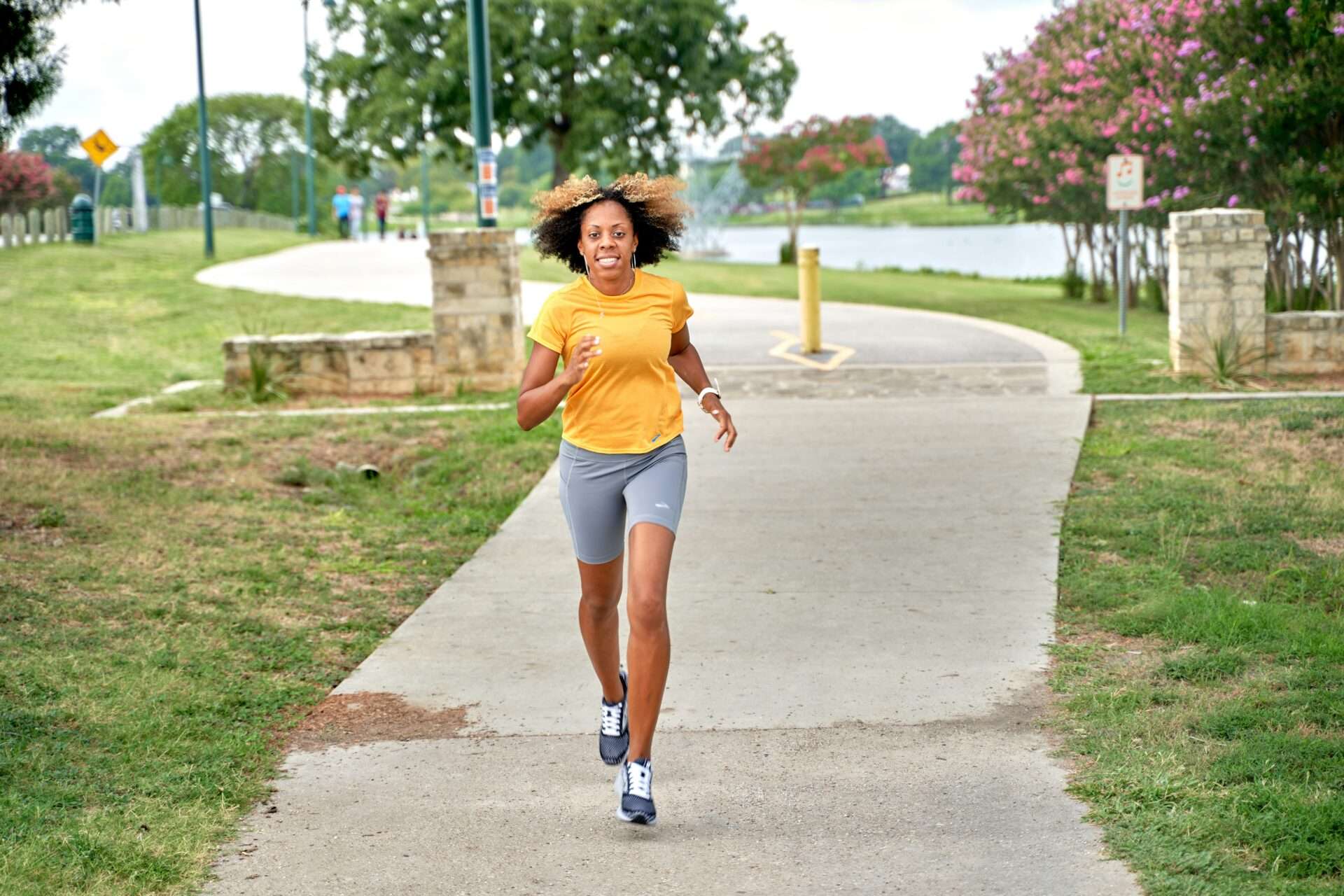Running’s Impact on Skeletal Health
While renowned for cardiovascular benefits, running’s bone-strengthening effects stem from ground reaction forces that stimulate osteogenic adaptation – with proper implementation potentially increasing bone mineral density by 2-3% annually in weight-bearing sites.
Essential Bone Health Principles
- Impact forces trigger osteoblast activity for bone formation
- Nutritional co-factors (calcium/vitamin D) enable mineralization
- Progressive overload principle applies to bone strengthening
- Recovery periods allow for bone remodeling
The Osteogenic Mechanism of Running
Wolff’s Law in Action
Bones adapt to mechanical stress according to Wolff’s Law, with running’s impact forces creating microdamage that stimulates remodeling. Research shows the tibia experiences 4-8 times bodyweight during running, making it particularly responsive to this stimulus.
Site-Specific Benefits
Running predominantly strengthens:
- Tibia and fibula (shin bones)
- Femoral neck
- Lumbar vertebrae
- Calcaneus (heel bone)
Limitations to Consider
While beneficial, running alone cannot:
- Substantially strengthen non-weight-bearing bones
- Compensate for nutritional deficiencies
- Reverse advanced osteoporosis
Optimal Running Protocols for Bone Health
Dose-Response Relationship
Research indicates optimal bone stimulation occurs with:
| Intensity | Duration | Frequency |
|---|---|---|
| Moderate-high impact | 20-40 minutes | 3-4x weekly |
Strategic Variations
Enhance osteogenic effects through:
- Interval training (30s sprints with 2min recovery)
- Hill repeats (6-10% incline)
- Surface rotation (asphalt, trails, grass)
Essential Nutritional Support
Bone-Building Nutrients
Daily requirements for runners:
- Calcium: 1000-1300mg (dairy, leafy greens, fortified foods)
- Vitamin D: 600-800IU (fatty fish, eggs, sunlight)
- Protein: 1.2-1.6g/kg bodyweight
Nutrient Timing
Maximize absorption with:
- Calcium-rich meals 2hr pre/post run
- Vitamin D with dietary fats
- Evenly distributed protein intake
Complementary Training Modalities
Strength Training Protocol
Essential exercises for bone health:
- Weighted squats (3×8-12 reps)
- Deadlifts (3×6-8 reps)
- Plyometrics (box jumps, depth drops)
Balance and Flexibility
Incorporate 2-3x weekly:
- Tai chi for proprioception
- Yoga for spinal mobility
- Single-leg stability exercises
Risk Management Strategies
Bone Stress Indicators
Warning signs requiring evaluation:
- Persistent localized bone pain
- Night pain
- Pain worsening with activity
Adaptations for Osteopenia
Safer alternatives include:
- Gradual walk-run progression
- Softer surface running
- Reduced stride length
Monitoring and Evaluation
Assessment Timeline
Recommended bone health checks:
| Age | Frequency | Tests |
|---|---|---|
| Under 50 | 5 years | Calcium/VitD |
| 50+ | 2-3 years | DEXA scan |
Performance Metrics
Positive indicators include:
- Improved vertical jump height
- Increased single-leg balance time
- Reduced ground contact time
Myth-Busting Facts
Common Misconceptions
Evidence-based clarifications:
- Myth: Running causes arthritis
Fact: Moderate running protects joints - Myth: More miles = stronger bones
Fact: Quality stimulus trumps quantity
Long-Term Bone Health Strategy
Lifelong Approach
Sustainable practices include:
- Periodized training plans
- Regular bone density assessments
- Nutritional adjustments with age
Community Resources
Valuable support systems:
- Running clubs with bone health focus
- Sports dietitian consultations
- Physical therapy screenings
FAQs
Can running reverse osteoporosis?
While running can help maintain bone density, it cannot reverse established osteoporosis alone – requiring medical management combined with targeted exercise.
Best surface for bone health?
Varied surfaces provide optimal stimulus: asphalt for intensity, trails for proprioception, and grass for reduced impact.
When to avoid running?
Contraindications include recent fragility fractures or severe osteoporosis (T-score <-2.5 with fractures).
Conclusion
Running serves as a powerful osteogenic stimulus when strategically combined with resistance training, proper nutrition, and regular monitoring. By implementing periodized impact loading while addressing individual risk factors, runners can build and maintain skeletal strength across the lifespan. Remember – bone health responds to smart training just as muscles do.



